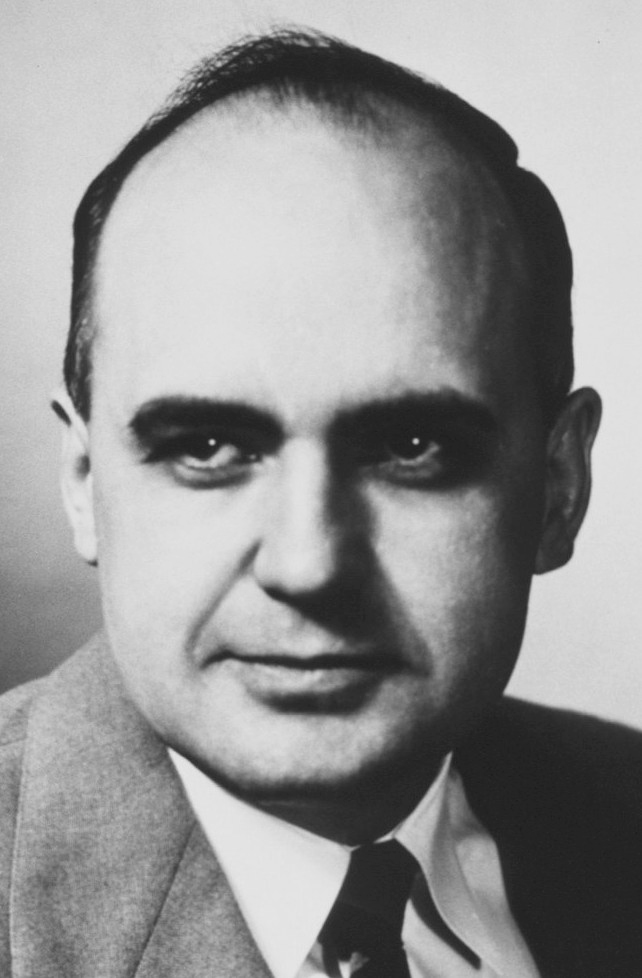
During his career, Maurice Hilleman developed over 40 vaccinations. It is thought that his vaccinations save over 8 million lives every year. However, he was not interested in making a name for himself, only that his vaccines helped people. For this reason, despite having received his vaccines, very few people have ever heard of him.
He was born in Montana, USA in 1919. His mother died when he was born, which could have influenced his desire to help people so much. He grew up on a farm, where he worked with chickens, and he said that this training was invaluable for his later career because a lot of labs used chicken eggs to grow viruses for vaccinations. He grew up during the Great Depression and his family were not very well off. He had to work hard, with focus, and he accredited this for his ability to focus and not give up when researching. When he finished school, he wanted to go to university, but there wasn’t enough money. Maurice’s brother had managed to get a scholarship to university and Maurice managed to get one as well.
He obtained a PhD in microbiology and chemistry in 1944 and left university for E R Squibb & Sons in New Brunswick, New Jersey. His professors tried to get him to stay in academia, but Hilleman refused. Academia was good for research, but he considered that was all it was good for. He wanted to get the things he researched made and he knew the only way to do that was in industry. He didn’t make the move for profit or gain, but to help people. He started researching vaccine development straight away.
The ability of a vaccination to protect people against a disease was first discovered by Benjamin Jesty in 1774. He was a farmer and he noticed that many of the people who milked the cows caught cowpox from the cows, but never caught smallpox, a lethal disease at the time. Cowpox is a milder form of smallpox and he worked out that the one was protecting people against the other. Receiving the milder virus made people sick, but it prepared their bodies so that they were ready if they caught the stronger smallpox virus. Jesty was a farmer and didn’t publish his findings. Edward Jenner, a doctor, came up with a similar finding and he experimented by injecting an 8-year-old boy with cowpox. The boy got sick, then recovered. Jenner then injected him with smallpox (something that would be frowned upon today) and the boy never got sick. Jenner came up with the name vaccination, from vaccinia, which is the Latin for cowpox.
When Maurice Hilleman started working at E R Squibb & Sons, he began creating a vaccination for Japanese B encephalitis, which was causing problems with American troops stationed in Asia. This was the first of the many vaccinations he made.
In 1957, he moved to the pharmaceutical company Merck & Company, where he stayed for the next 47 years. He was in charge of its virus and vaccination program. His first vaccination there was for the Asian flu that was spreading out of China. He realized it could become a pandemic, managed to get some of the virus from an ill US soldier, managed to get a virus made within four months, and managed to get 40 million doses produced. He was a very strong willed character and he was very good at persuading businesses and government to do what he thought was necessary. He called himself “prickly”.
In 1963, his five-year-old daughter developed the mumps. Mumps is a very contagious disease that is spread by the mumps virus. Most people get over it, but it can have some nasty complications. Hilleman took a swab from the back of his daughter’s throat, took it to his lab, and within three years he had made a vaccination for the mumps virus. When we are vaccinated against mumps as children, we are getting the vaccination that Hilleman made with the virus from his daughter.
By the time Hilleman retired from Merck in 1984, he had created 40 vaccinations and we still use many of them today. 9 of the 14 vaccinations we have as children were created by Hilleman. He made the vaccinations for mumps, measles, rubella, MMR (the combined vaccination), chicken pox, hepatitis B, meningitis, and many others. Yet, he didn’t put his name to any of them and he didn’t do it for fame or fortune. He created these vaccinations because they needed to be created. And this is what I learned today.
Image By Walter Reed Army Medical Center – The photo is a cropped version of the original, which is Order Number B014616 in the National Library of Medicine. The date and author (below) are taken from the NLM's MARC record. The photograph was published in 1958 by Walter Reed Army Medical Center. The photo has been cropped, healed to fix minor defects, and converted to JPEG (quality level 88), with the GIMP 2.6.6., Public Domain, https://commons.wikimedia.org/w/index.php?curid=6758973
Sources
https://www.ncbi.nlm.nih.gov/pmc/articles/PMC7150172/
https://www.who.int/news-room/spotlight/history-of-vaccination/a-brief-history-of-vaccination
https://en.wikipedia.org/wiki/Maurice_Hilleman
https://www.ncbi.nlm.nih.gov/pmc/articles/PMC557162/
https://www.who.int/news-room/spotlight/history-of-vaccination/history-of-smallpox-vaccination
https://www.ncbi.nlm.nih.gov/pmc/articles/PMC1200696/
https://en.wikipedia.org/wiki/Benjamin_Jesty
https://www.chop.edu/centers-programs/vaccine-education-center/vaccine-history/developments-by-year
https://mag.uchicago.edu/science-medicine/man-who-developed-40-vaccines
